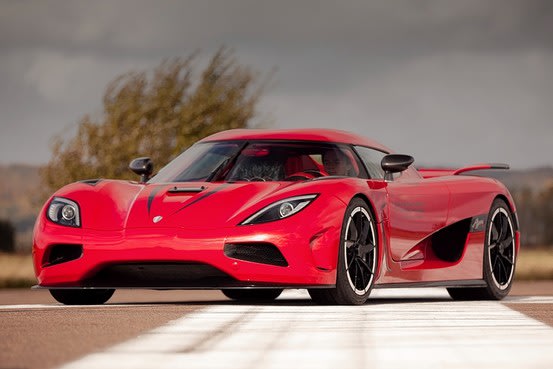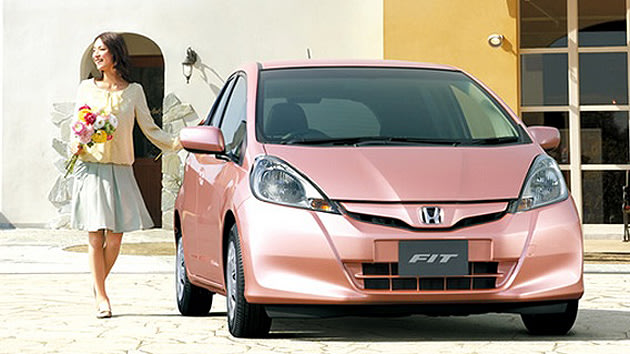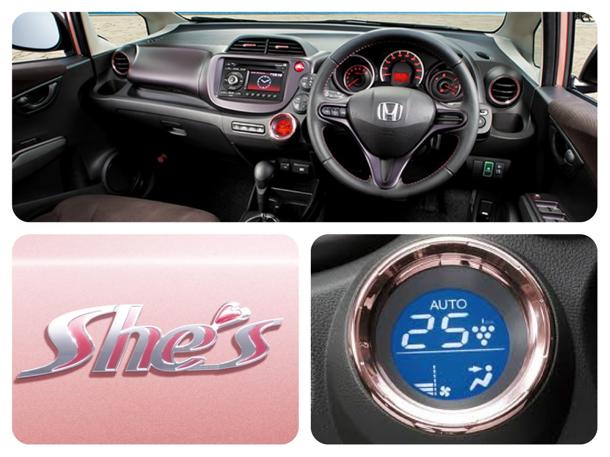
Accelerating a standstill to 186 mph in 14.5 seconds is a fairly kinetic event. Very loud, tunnel vision, urge to pee. One moment the Swedish countryside is just sitting there, looking lovely and serene; the next it's blowing past you in a violent blur of autumn colors. Herregud! I've been pillaged.
The Koenigsegg Agera R, built by an extraordinary man named Christian von Koenigsegg, in Angelholm, Sweden, last year laid waste to a bunch of Guinness production-car records, among them: zero to 186 miles per hour and back to zero in 21.19 seconds. The very car I'm driving, in fact. And it is, it feels like, a horizontal roller coaster: At rest, the Agera R always seems poised in space, then hit the gas, over the top, and straight down, bang, bang, bang go the gears. A plunging vertigo takes over, a forward free-fall. The momentum builds in inexorable squares of mass and you scream your face off. Welcome to Six Flags Over Sweden.
The Agera R—$2.5 million or so, about 1,000 to 1,140 horsepower (depending on fuel), about 3,200 pounds—continues to crush passengers in excess of 1g of linear acceleration until somewhere north of 100 mph, at which point the car's aerodynamic shape begins to exert significant downforce (660 pounds at 155 mph). The rate of acceleration levels off but it's still going upstairs like crazy (124 to 186 mph takes 7 seconds). This is telemetry as pornography.
Mr. Koenigsegg estimates the car's top speed would clock in around 273 mph—faster than the Bugatti Veyron Super Sport's record of 267.8 mph—if, that is, he could find some stretch of Mars upon which to test it. On the company's conveniently located airfield, the prudent visitor gets on the brakes after touching 186 mph (I hit 190). The braking event from that speed requires less than 7 seconds and is likewise vigorous. It feels like your pants are going to fall off.
In short, the Agera R is the thing that eats bats out of hell. I am overawed. And yet, it does seem an unlikely obsession for the reserved and purposeful Christian von Koenigsegg.
There had been some concern that Koenigsegg was in financial trouble, and Mr. Koenigsegg, 40, admits business could be easier. The European market has lately fallen off the Earth. With an annual turnover of about €10 million ($13 million), he says, on 12 to 15 cars, Koenigsegg's financial aspirations are modest and the business is, for the moment, stable. "We're never going to make a personal fortune," he says in his IKEA-decorated office, in a former air-force maintenance facility. "The only reason we are still here is we accepted we were going to be small."
My first visit to Ängelholm was in the mid-1990s, when the young Koenigsegg tried to kill me in one of his prototypes. He was a singular figure even then, as bald as the laughing Buddha—Mr. Koenigsegg suffers from alopecia but sort of rocks it, too. In those days he was building his reptilian hypercar in a quaint thatched-roof barn, which in due course burned down in 2003.
The base's jet hangers proved an ideal workspace for Koenigsegg, and today the company's 52 employees quietly bustle through the day, hand-building amazing cars for ridiculous people. On the floor at the moment is a Popsicle-purple Agera R with gold-anodized cockpit appointments, destined for a customer in Shanghai. And they put Martha Stewart in jail.
As a matter of industrial policy, the Swedish government has de-emphasized the domestic car business—note its refusal to bail out Saab—in favor of cleaner, information-based industries and IT. This has suited Koenigsegg well since the company's strategy is to take the essential car—the carbon-fiber core that Mr. Koenigsegg imagined two decades ago—and perpetually evolve it using the power of computer-assisted engineering in the hands of a few massively talented designers. As I walk through the offices, one of the staffers is redesigning the car's proprietary front-brake calipers, which is no trifling matter; another is using a CAE/fluid-dynamics program to refine the airflow around the front valence.
"Building a car like this is about fighting physics," he says. "I'm not sure committees fight physics better than a few great guys."
The Agera R's mugging of Newton begins with a bespoke, race-spec, dry-sump 5.0-liter, twin-turbocharged V8 weighing a mere 435 pounds and boasting some staggering statistics: 228 hp/liter of displacement; 737 pound-feet of torque from 2,700 to 7,300 rpm, with redline at 7,500 rpm; and a brake mean effective cylinder pressure (BMAP) of 28 bar, about 406 psi, which would blow most gas engines' spark plugs to the moon.
And the sound? Your ears are going to need condoms.
Sorry, it's about to get all geeky in here: The longitudinally midmounted V8 transfers power to the limited-slip e-diff through a Koenigsegg-designed seven-speed gearbox, with a twin-disc dry clutch and an 11-disc wet clutch arranged sequentially, working cooperatively, rather like a dual-clutch automated manual transmission. Still, under the best of circumstances, the Agera R's gearshifts are rough, and at light throttle and low speeds the car can buck and lurch like a poisoned pony.
The Agera R is hard-core in every way you'd hope: carbon-aluminum monocoque; stressed engine and gearbox; chro-mo subframes; pushrod suspension; adaptive damping, ride height and aero. For 2013 the company is offering astonishing, hollow carbon-fiber wheels—the front wheel with tire weighs less than 25 pounds. Other upgrades include a new spring-loaded, adaptive rear wing and the Triplex rear suspension, comprising a bidirectional hydraulic strut mounted horizontally between the pushrod rockers. My test car doesn't have the Triplex rear suspension. Mr. Koenigsegg says it improves the car's antisquat characteristics.
And speaking of squat: I know squat about how the Agera R handles. Considering the forces involved, the car is reasonably manageable on narrow, and wet, Swedish roads, just. It does have an amazing turning radius! You can turn this thing around in a drive-through. Mr. Koenigsegg assures me that his new car will pull in excess of 1.6 g lateral acceleration, and he is pondering a sub-7-minute go at the Nürburgring. Yahoo.
She's not for the timid, that's for sure. Holding the revs at around 6 grand produces a galling, blasting staccato that could alert NATO. The cabin is rakish and dead cool, and the electronic amenities, the navigation and driver instruments, are first-rate. The driving position is like being a ball-turret gunner on a star destroyer.
Want one? You're in luck. Mr. Koenigsegg has gone to the trouble of federalizing the Agera R—U.S. sales began this month—which, among other things, required developing a multimode stability-control system. Much needed, too. The Koenigsegg's 44/56 front/rear weight distribution, combined with the low polar moment of the midengine layout, makes the Agera R what you might call excitingly neutral. The stability control will help keep rich guys out of the hedges.
But, clearly, the Agera R is not about nimble handling. From a man who is one of the most peaceable presences I've lately encountered, a gentle giant of a mind, this car is nothing but a weapon: a very large, very Norse, not-all-that-pretty ax meant to be thrown with staggering force at a great distance. You, dear reader, are looking at the fastest street car in the world.



